Community
Who were the brave new settlers? – Book Excerpt
Published
3 years agoon
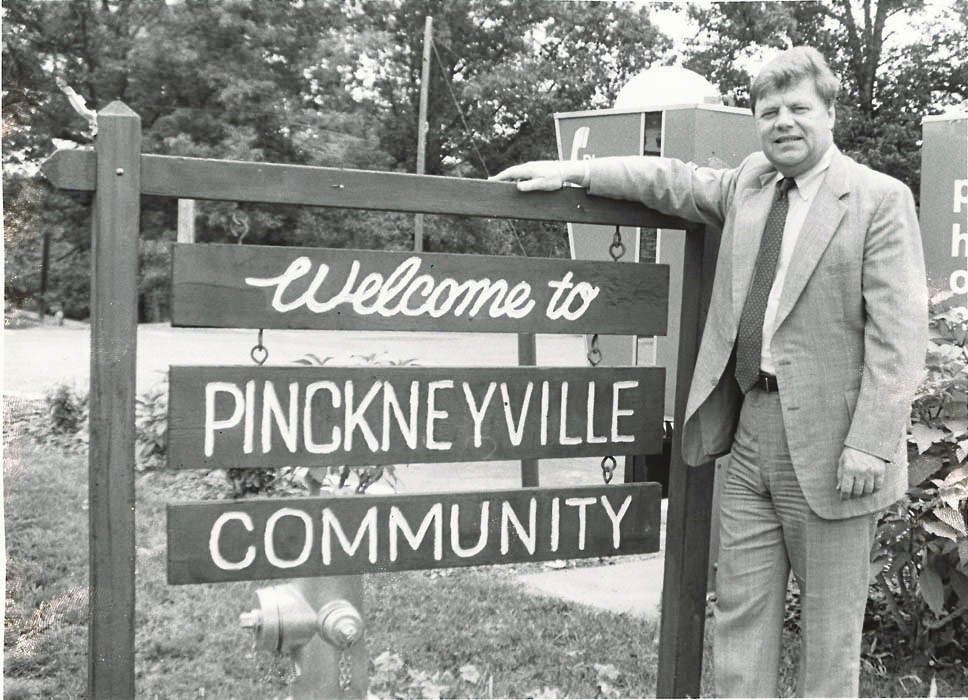
* An excerpt of “Peachtree Corners, the History of an Innovative and Remarkable City”.
The new Georgia territory, a frontier that opened to the south and to the west at that time, was explored and settled, in part, to serve as a buffer protecting South Carolina from Spaniards coming north from Florida. Contrary to some popular historical accounts, Georgia was not settled just by prison debtors brought from England by British parliamentarian and soldier James Oglethorpe. For the new colony Oglethorpe founded, trustees sought out carpenters, tailors, bakers, merchants, and farmers to settle the region. Pioneers with these skills would ensure the success of the newest settlements.
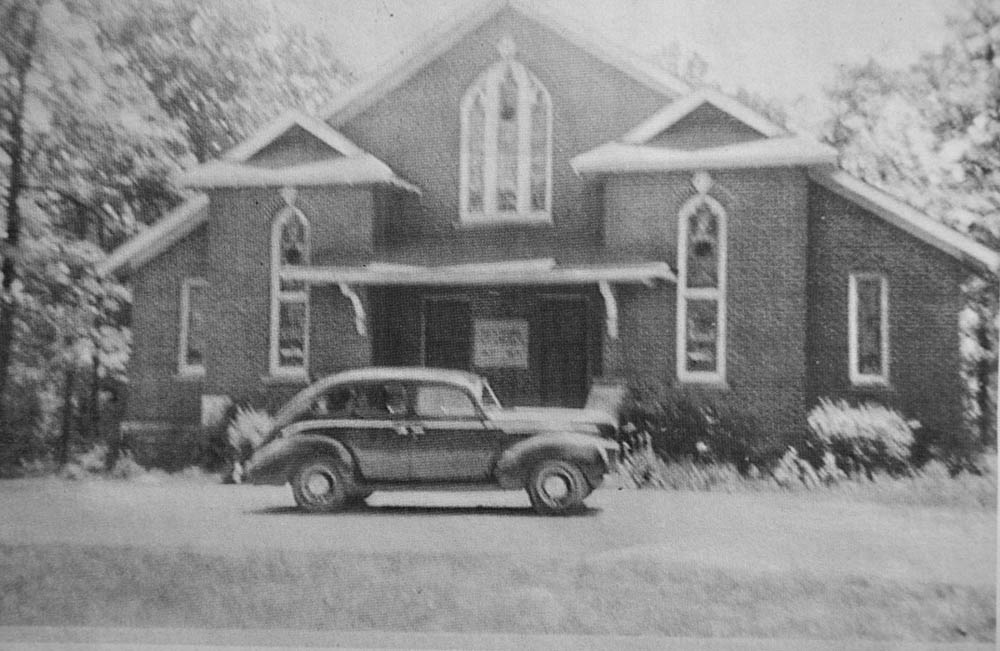
When Georgia was first colonized, it was a frontier state; not much land west of the area had been occupied or even explored by English settlers. Early maps, including an 1825 map outlining the stagecoach route through the town of Pinckneyville, show DeKalb, Gwinnett, and Hall counties bordered by the Chattahoochee River, and territory north of the river is labeled “Cherokee Indian” territory.
Pinckneyville and the Hunnicutt Inn
Bentley’s Nursery and Stoneyard, located at 3319 Medlock Bridge Road, sits adjacent to the four acres on which the old Hunnicutt Inn in Pinckneyville was located. The inn also served as a stagecoach stop, a spot of great importance to travelers and merchants in the early 1800s.
The Hunnicutt Inn was also a Cherokee Trading Post for a time. Today, a self-storage warehouse is located on that richly historical spot.
Travelers depended upon the stagecoach, since traveling alone was both unsafe and uncomfortable. Businesses and banks used stagecoaches to transport goods, money, and mail. That same stagecoach line made cattle trading possible from points west down to south Georgia. Farmers made use of the stagecoach to do business in the Atlanta market, and this particular stagecoach line provided a vital connection to the neighboring state of Alabama. From the late 1700s until railroads began to crisscross the state in the late 1800s, the stagecoach lines were as critical to travel and business as airports are today.

The Hunnicutt Inn served as a stagecoach and travelers’ stop until just after the Civil War, when the railroad was built. Records indicate that a tavern was located either inside or adjacent to the inn, and it was owned by a man named William Greer. The inn was a massive wooden structure held together with large nails and thick, wooden pegs, made by Hunnicutt himself. Where the inn once stood, rusty handmade nails, wooden pegs, and pieces of heavy timber can still be unearthed on that piece of property today. They are all that’s left of that historically rich frontier inn and stagecoach stop.
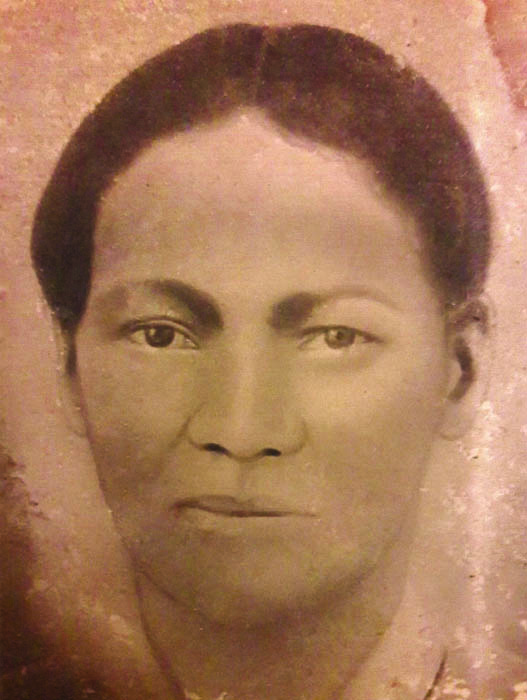
Massive fireplaces and wide plank wood floors were characteristic of the Hunnicutt Inn and other such structures in the early 1800s, as was one interesting feature that was most necessary in the days when Georgia was the westernmost frontier of the young country. A trap door in the wide front porch opened to a safe hiding spot from raiding Indians. Tensions often arose between the new settlers and Native Americans, especially the Creek, who didn’t become a minority population in Georgia until the mid-1700s. The encroachment of the arrogant new settlers, with their brash ways and empty promises, provoked even the most hospitable Native Americans.

A stagecoach map, on display in Mt. Carmel United Methodist Church in Peachtree Corners, clearly shows that the territory north of the Chattahoochee River was designated as Cherokee Indian Territory. That same map shows the westernmost area of Georgia, abutting Alabama, was designated “Lower Creek Indians.” Settlers coming into the area known today as western Gwinnett County were truly a brave lot of frontier pioneers.
The Enchanted Land
The community of Pinckneyville was settled in the early 1800s; most accounts cite 1826 as the year Pinckneyville was established. However, some records indicate the name “Pinckneyville” was first used for the settlement as early as 1799. The sparsely populated area and its farmers were settled just east of the Chattahoochee River, an early nod to the farmers’ respect for the river and the rhythm of regular flooding along the riverbank. The Chattahoochee governed a great deal of the farmers’ fortunes, not only because of its nutrient-rich bottomland and the abundance of crops that it produced, but also because of the frequency with which the river flooded well beyond its boundaries. Farmers and landowners had to contend with the Chattahoochee’s flooding until the 1950s, when the river was dammed, and Lake Lanier was built by the U.S. Army Corps of Engineers. The lake was named for Sidney Lanier, a Confederate soldier, poet, and graduate of Oglethorpe University in Atlanta, because of his poem “Song of the Chattahoochee.”

Jonathan Phillips)
The river, of course, meant as much to the Creek and Cherokee people as it did to the new settlers. A thorough chronicling of the history of Peachtree Corners cannot be complete without including the fate of the Native Americans who lived in the area before the English settlers arrived.
As early as the late 1600s, Native Americans inhabited Georgia, including the area that would not be named Gwinnett County for more than one hundred years. They had dubbed north Georgia the “Enchanted Land.” Dense forests, clear rivers and lakes, and plentiful wildlife made the region a haven for them, as well as for intrepid English, French, and German settlers. And while “white” settlers were legally prohibited from settling in the regions occupied by Native Americans, some defied the law and squatted in Indian territory anyway.
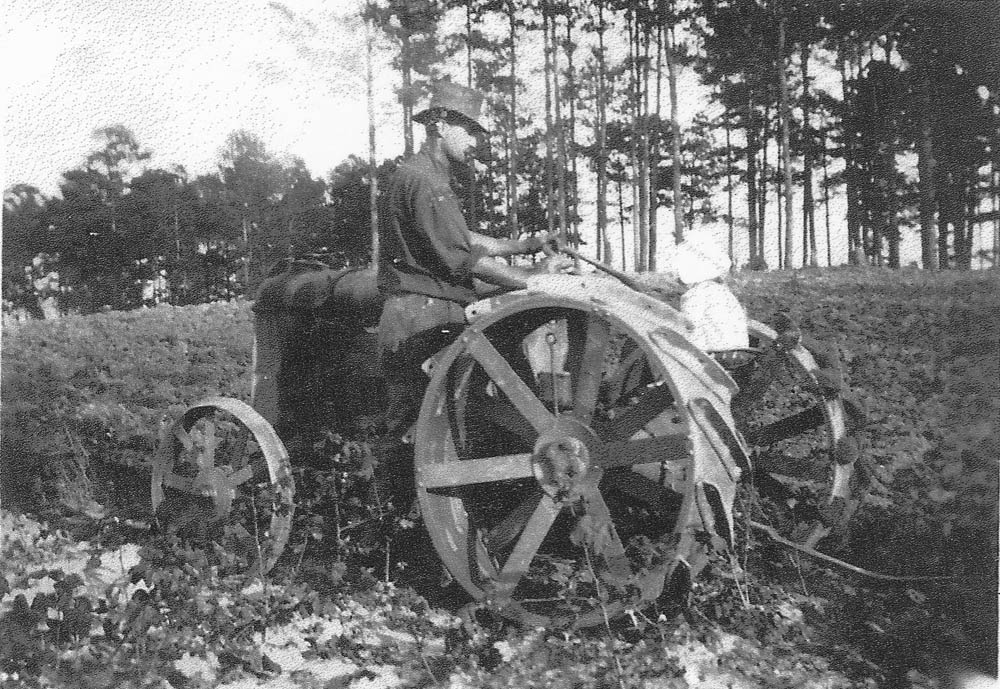
climate were perfect for growing corn (Medlock family – Jane Garner)
Nowhere was the land more enchanted than in the area now designated Gwinnett County. The natural resources and mild climate were powerful draws, not only for Native American tribes, but also for settlers seeking to make a home and a living in the New World. Pioneering families came to the state with a desire for adventure, exploration, and a new start in a grand new land of plenty. The vastly different cultures and practices were bound to collide.
With advanced agricultural practices, sophisticated tools and weapons, beautiful art, schools, courts, houses, and villages built of wood structures, the Creek and Cherokee people were known as two of the five civilized nations in the New World. The Cherokee were close allies, as well as trading partners, with the British during much of the 18th century. Still Cherokee, and often Creek, raiding parties would attack the new backcountry settlers who were illegally living on, or even encroaching on, their lands. In addition to direct attacks by Native Americans, settlers often got caught in the midst of skirmishes between Cherokee and Creek warriors. Settling in Georgia in the early 1800s was most definitely not for the faint of heart, but the draw of the ancient river and the fertile bottomlands that bounded it was too powerful for courageous settlers to resist.
—Excerpt from “Peachtree Corners, the History of an Innovative and Remarkable City 1777-2020” by Carole Townsend.
History of Peachtree Corners’ Book to Debut Soon
Peachtree Corners has a rich and colorful history. Centuries ago, Native Americans roamed the land bordered by the Chattahoochee River and later, strong and resilient families settled in the area and farmed the fertile land. Today, the city has become a magnet for futuristic technology.
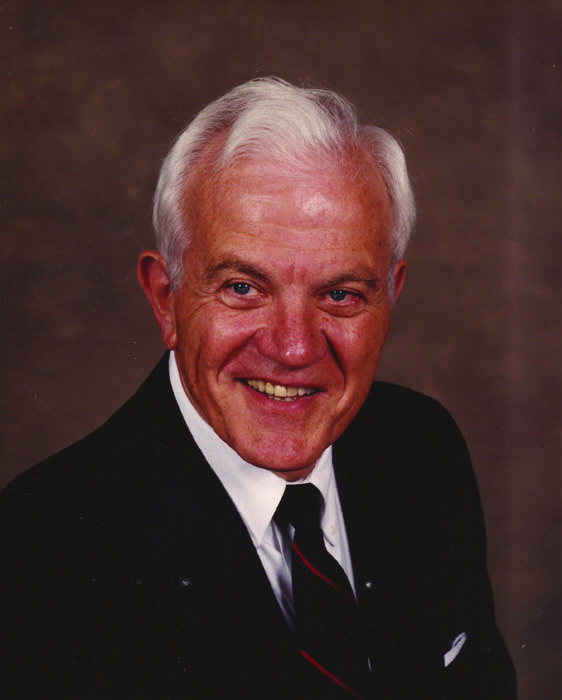
The City of Peachtree Corners announced that its storied past has been captured in the community’s first history book. The book, titled Peachtree Corners, the History of an Innovative and Remarkable City 1777-2020, is filled with stories of long ago. Numerous historical photographs add to the story of the community’s rich past. The 230-page coffee table-style book is expected to be released soon.
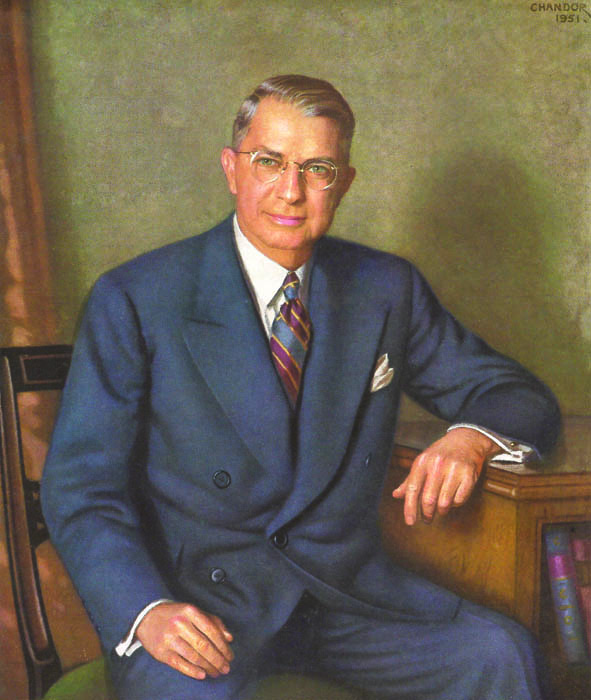
Well-known author Carole Townsend tells the story of the early days when the Creek Indians claimed the land as their own, then takes the reader on a journey of the early settlers through the eyes of long-time residents who recall farm life. That life was hinged on a good crop year which determined if the farmer’s children would have new shoes for the coming school year. The city’s history ends with its modern-day transformation that began in the 1970s when Georgia Tech engineer and developer Paul Duke began purchasing land for Technology Park and the surrounding community.
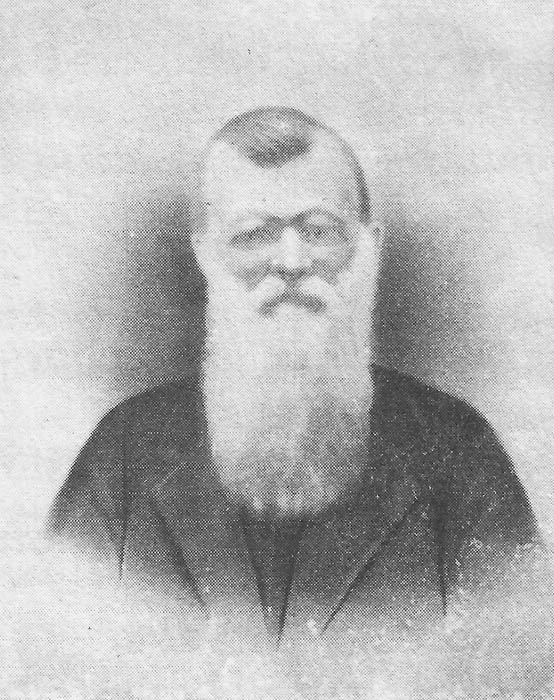
“What an honor it was for me to be invited to trace Peachtree Corners’ history back to the days of Native American inhabitation,” said Townsend. “For a city as progressive as this one is, to honor its history as it has with this unique book, is truly remarkable.”
Townsend, an Atlanta native and 30-year Gwinnett resident, is a longtime journalist and published author with six books to her name. She was named a finalist for the 2017 Georgia Author of the Year Award for “Blood in the Soil,” a true account of the shooting of controversial publisher Larry Flynt.
“This book thoughtfully recounts the past and present of our community through personal narratives of the people who lived here and knew it best,” said Mayor Mike Mason. “It’s their memories and photographs that we set out to capture and preserve. What is the future of Peachtree Corners? That’s a story for another book.”
Peachtree Corners, the History of an Innovative and Remarkable City, was published by Deeds Publishing, in Athens, Georgia, and will be available through the city of Peachtree Corners’ website.
Books must be purchased online and then picked up at City Hall (Monday – Friday 9 a.m. – 4 p.m.) Please allow 2 days for processing and then the order may be picked up at the receptionist desk. All sales are online, no walk-in purchases available. Purchase copies here
Related
Community
The Transformative Trail: Dr. Sunit Singhal’s Journey to Wellness
Published
2 weeks agoon
April 1, 2024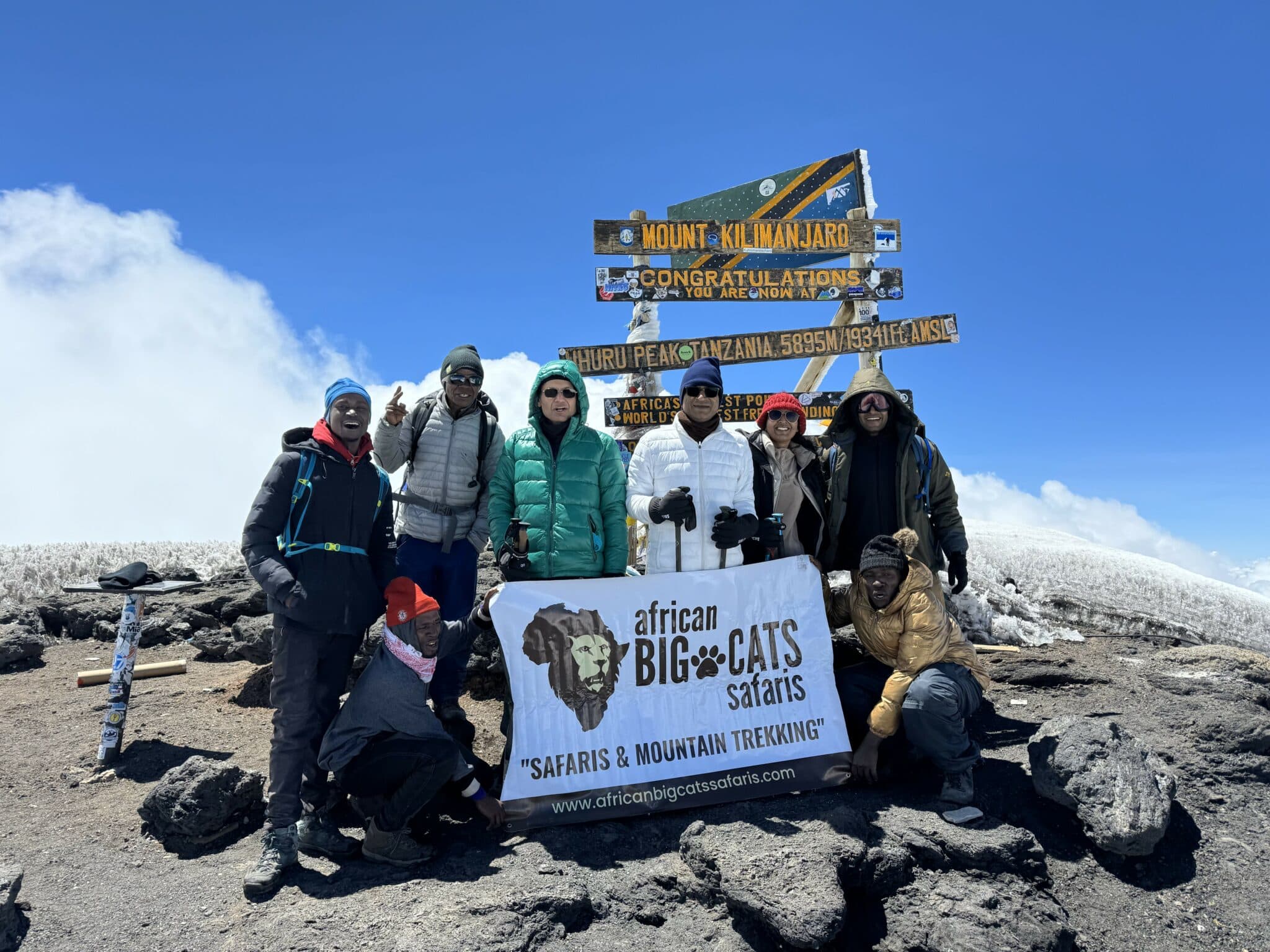
For more than two decades, Dr. Sunit Singhal has been a member of the Peachtree Corners community. In February 2001, he opened Suburban Medical Center, making a significant contribution to community healthcare. Under his leadership, the medical center has expanded, notably by introducing Suburban Med Spa next door.
A 1988 graduate of the University College of Medical Sciences in New Delhi, India, Dr. Singhal furthered his expertise in the United States, completing his residency in Internal Medicine at Harlem Hospital Center in New York.
An awakening at the Grand Canyon
A few years ago, the 60-year-old physician had an eye-opening moment about his own health. Most of his life was spent being overweight, which he accepted and managed the best he could.
“It’s not a secret that I was overweight. Anyone could see it; it’s how I was my whole life,” said Dr. Singhal.
The pivotal moment for Dr. Singhal was his attempt to join friends on a hike at the Grand Canyon a few years back. Despite his determination, Dr. Singhal was unprepared for the hike’s demands.
“I thought, okay, I will meet my friends one-third of the way down the canyon from the opposite end. That way, I can keep up with them towards the end of the hike,” he shared.
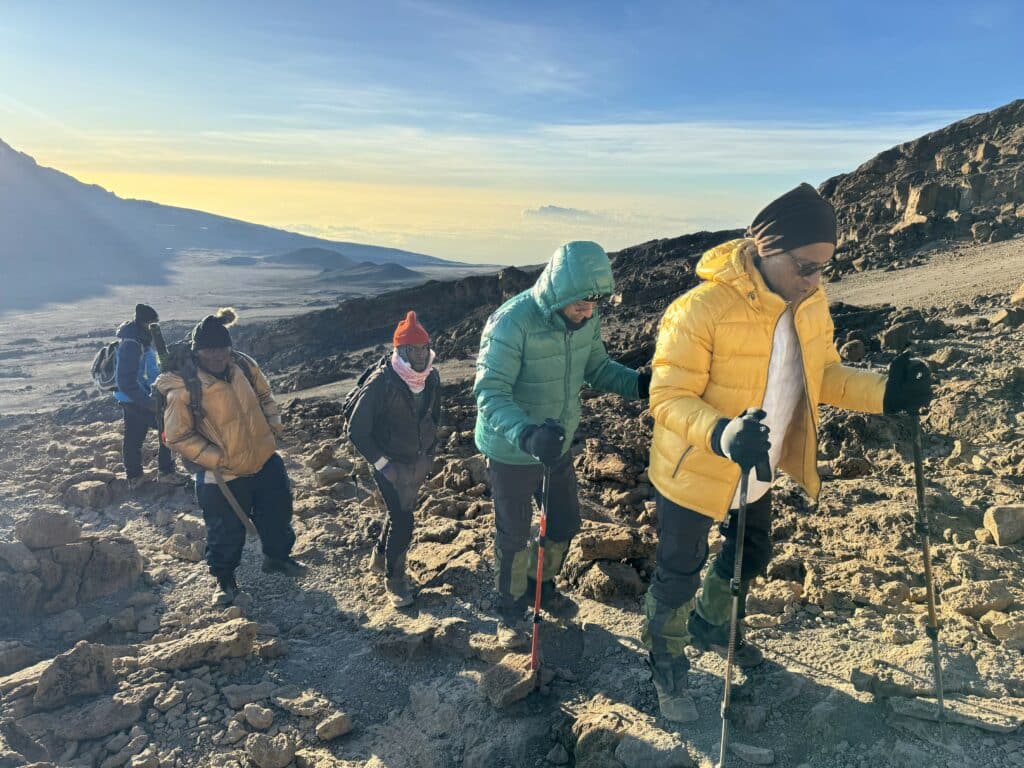
Even starting much later, Dr. Singhal struggled greatly with the hike. He experienced knee pain, breathlessness, and exhaustion. His struggle not only slowed him down but also his friends, who had been hiking for an additional 12 hours before he joined them.
The ordeal ended in the middle of a cold night, leading to a physically taxing recovery period that left Dr. Singhal sore for days.
Despite the arduous experience at the Grand Canyon, Dr. Singhal didn’t retire his hiking boots. Feeling motivated to conquer the obstacle, he began walking long miles with friends to get into shape.
A few months later, the call of the canyon echoed again, and friends proposed a new challenge: hiking from the South Rim to the river and back. While less daunting than their previous endeavor, the task was intimidating.
“This time, I was able to make the hike without holding anyone back,” he shared. Dr. Singhal already saw the difference his efforts were making.
His triumphs over physical and mental barriers were clear and exciting. Dr. Singhal’s return to the canyon increased his resilience and personal growth.
Conquering Kilimanjaro: a test of determination
Following a series of hikes through the Grand Canyon as his health improved, Dr. Singhal and his hiking group set their sights on Mount Kilimanjaro. They regularly engaged in 10-mile hikes each week to prepare for the trek.
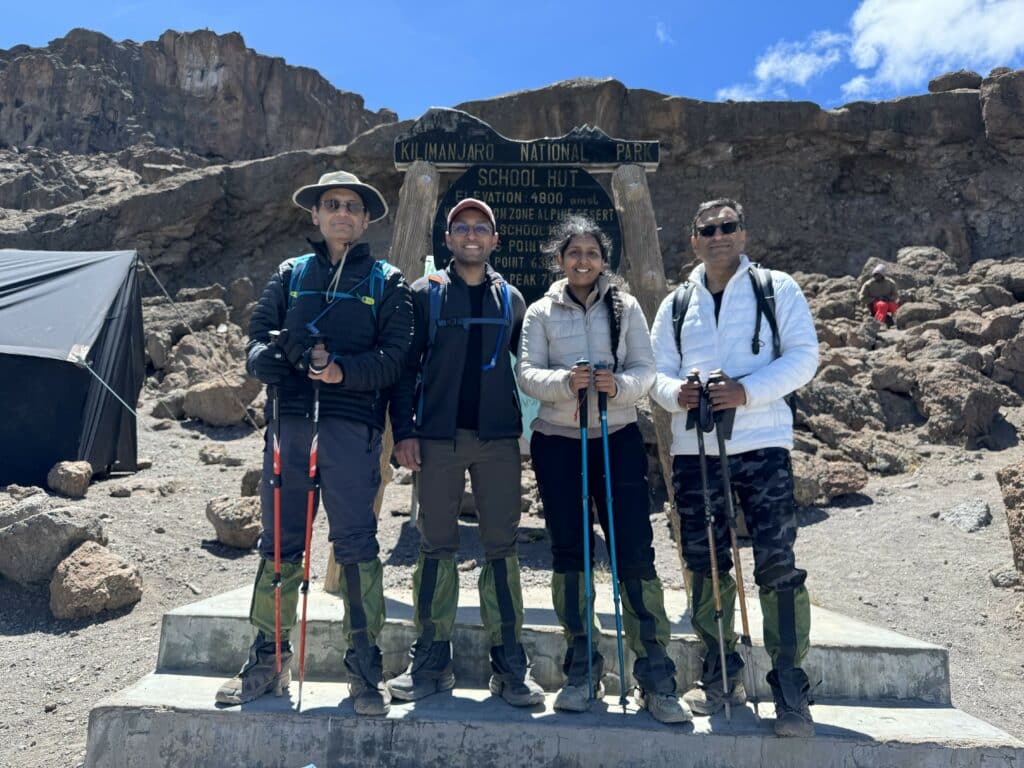
“It was never on our minds to simply skip or cut the hike short because we didn’t feel like it that day,” Dr. Singhal said. Even family members occasionally joined, keeping pace with the senior group with varying success.
When the time arrived for their Kilimanjaro quest, they needed to identify the number of days their group would need to complete it.
“There are different levels you can choose for hikes. If you are very athletic, the 5-day hike is for you. It goes all the way up to 9 days if you need to go slowly,” Dr. Singhal explained.
The friends chose the six-day option. It seemed like a good balance of their confidence in their fitness coupled with a conservative approach. Yet, they completed the ascent in five days.
“We couldn’t believe we finished at such a quick pace. We weren’t straining ourselves to do it. It was the natural pace we wanted to go, and we finished with the group we viewed as the most fit and athletic.”
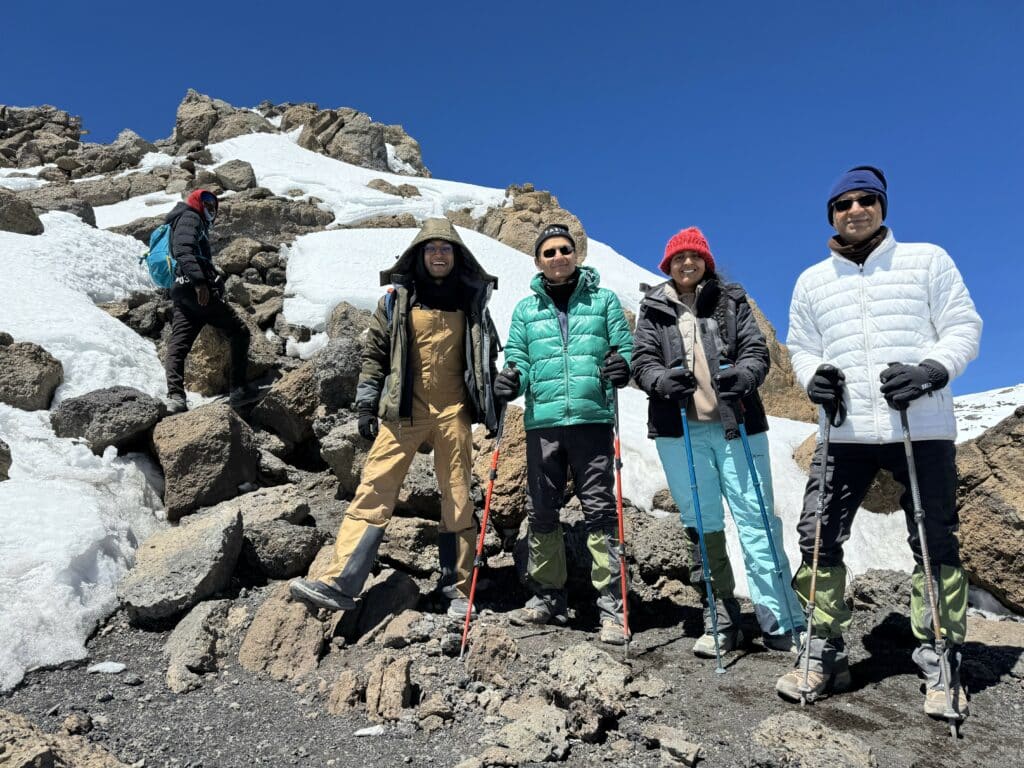


Mount Everest on the horizon
The hiking group isn’t resting on their laurels, though. The crew continues to meet and train for their next goal, climbing Mount Everest.
“There’s a lottery to be accepted to climb. We entered and are hoping to be selected for a hike this fall,” Dr. Singhal shared. When asked if he felt intimidated about this potential hike, he confidently replied, “No, not really.”
The team of friends will hear this summer if they are selected to climb.
Health and hope
Dr. Singhal’s health journey is the perfect example of the potential for change at any stage of life. It also highlights the importance of self-care, perseverance and pursuing one’s goals, regardless of the starting point.
His patients can rest easily. He isn’t walking away from his practice for the mountains full-time. Dr. Singhal is committed to his practice and patients. He firmly believes and displays that personal improvement and professional dedication can coexist harmoniously.
“I want my patients to know that I am equally dedicated to being here for them and their own health journeys.” When he’s not hitting the trails, Dr. Singhal can be found spending time with his family in Duluth or at his practice in Peachtree Corners.
Related
Community
Local Youngsters Learn Life Lessons Through Community Service
Published
3 weeks agoon
March 31, 2024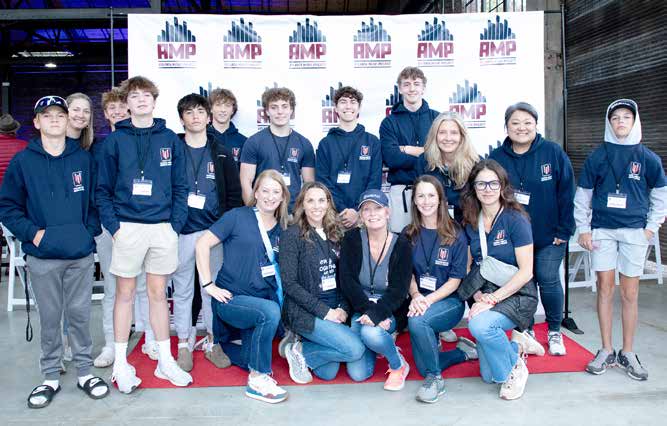
What started 20 years ago with two Texas moms looking for ways to get their sons involved in community service projects while spending quality time together turned into the Young Men’s Service League (YSML).
The national organization has dozens of chapters in 20 states, including Georgia.
Peachtree Corners mom, Heather Fleming, heard of a chapter in the northeast part of metro Atlanta, but it was pretty much at capacity.
“The way the chapters work is each class can only have around 30 boys,” she said.
“The more people you have in your chapter, the harder it might be for people to get hours in and just managing that number of people [can be difficult],” she added.
Taking matters into her own hands
Fleming partnered with another mom whose son couldn’t get into the chapter either to start their own.
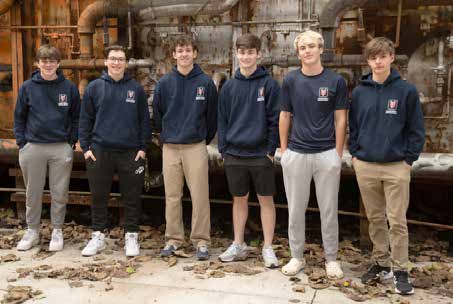
“She was determined that she wanted her boys to be able to have this experience,” said Fleming.
“Our chapter started with a full ninth-grade class , and then the tenth-grade class was a little bit smaller, with around 20 boys,” she added.
Even though it’s a good way for public school students to earn community service hours, most of the participants attend private schools that don’t have that requirement.
They do it to do good in the community and to have fun hanging out with their moms.
“The whole point is that we only have four years left before our sons go off to whatever their next step is after they graduate from high school,” said Fleming.
“It’s just to have that quality time together, serving the community and then also to give them the opportunity to hear from speakers they would not ever necessarily have access to,” she added.
Preparing the next generation
Fleming’s son Luke graduates next year and he’s found fulfillment in YMSL.
“It has been fun serving our community with many of my friends and their moms. I have also learned a lot from the various speakers we have had over the years,” said Luke. One of my favorite speakers was Tyler Hannel, who spoke about how to be a better version of yourself.”
There are many charities that need volunteers, and many align with the skills and interests of the young men.
“My most memorable experiences were serving with BlazeSports at their annual Big Peach Slam basketball tournament the last two years,” said Luke.
“Watching kids my age play basketball from a wheelchair was so inspiring. I am thankful for an organization like BlazeSports that gives kids and adults with disabilities a way to still compete in a variety of sporting events,” he stated.
Tracey Shell and her son, Carson, have similar views.
“Our first year was last year, so I didn’t know about this organization when my older son was in high school,” said Shell. “They learn about things like life skills and leadership, … but the real heart of the organization is volunteering in your community and learning about local philanthropy.”
Each YMSL chapter works with a certain number of nonprofits each year—usually nearby. Although this chapter is called the John’s Creek Young Men Service League, it has members from Peachtree Corners, Norcross, Berkeley Lake, Alpharetta and John’s Creek.
YMSL donates time and energy, not money
Every year, each chapter does what it calls the ultimate gift. This time around, the Johns Creek chapter went farther outside its boundaries and helped the Atlanta Music Project (AMP). It’s a nonprofit organization founded in 2010 to provide tuition-free world-class music training and performance opportunities in under-resourced communities.

In October, AMP presented its first event, which brought together its entire community of performers for an afternoon of music and fellowship. The AMP Experience took place at Pullman Yards and featured performances from past and present students, with about 500 participants in total.
To pull off such a feat, AMP needed many volunteer ushers and stage crew. That’s where Johns Creek YMSL stepped in, with nearly 80 local YMSL volunteers who gave 246 service hours. Mom and son volunteers loaded instruments, set up and cleaned up, served as parking lot attendants and greeters and supported social media outreach.
Both Fleming and Shell have seen their boys grow and mature and are proud of the young men they are becoming.
“They become more aware of the different nonprofits and philanthropy that are just right in our own backyard that they might not have known about,” said Shell.
Fleming echoed that sentiment. Her older son Andrew is a sophomore at Clemson University, and she’s seen him carry the lessons learned at YMSL into his daily life by being actively involved with service projects in his fraternity and a mission trip over Spring Break.
“He definitely has a heart for helping others, which … is the ultimate goal. When they’re not living at home, and I’m not necessarily making them serve, they want to do this on their own in college and beyond,” she said.
For more information, visit ymsljohnscreek.org.
Related
Community
Decades of Doing Good at Annandale Village Celebrated with Golf Fundraiser
Published
3 weeks agoon
March 31, 2024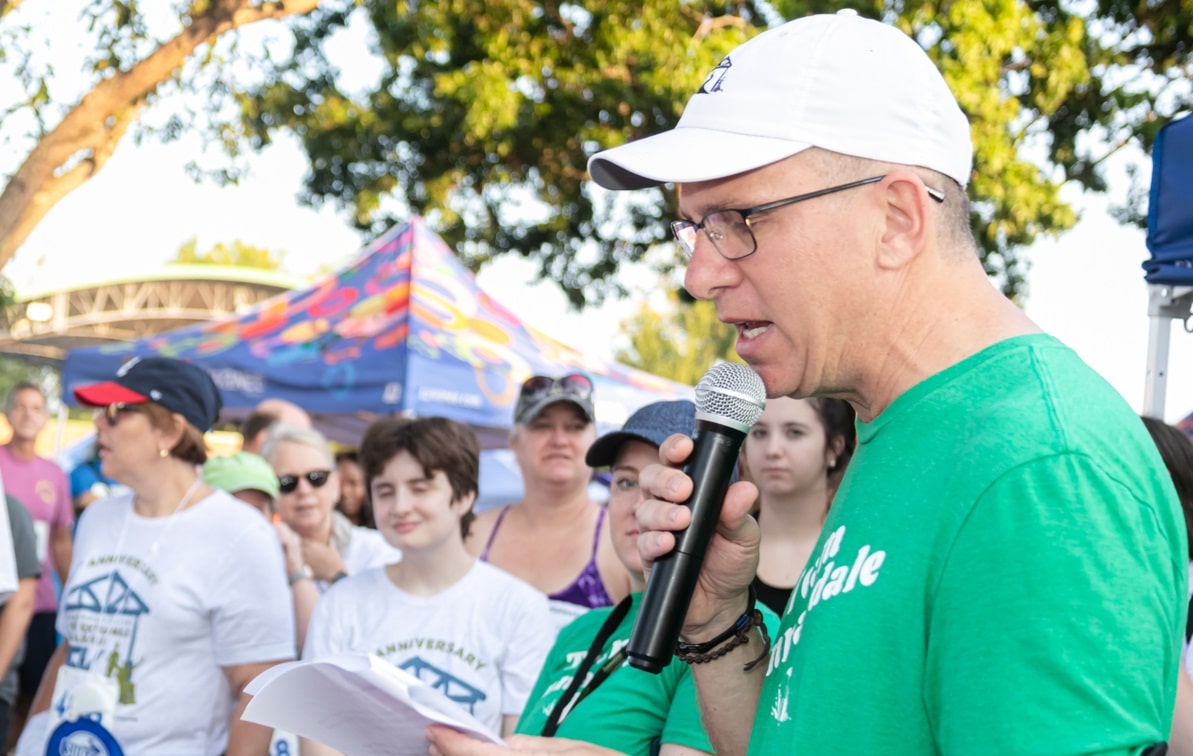
Peachtree Corners resident Adam Pomeranz will celebrate 20 years at a place of hope where hundreds of adults are served each day. That place is Annandale Village, a residential community for adults with developmental disabilities or brain injury. At least, that’s how it began.
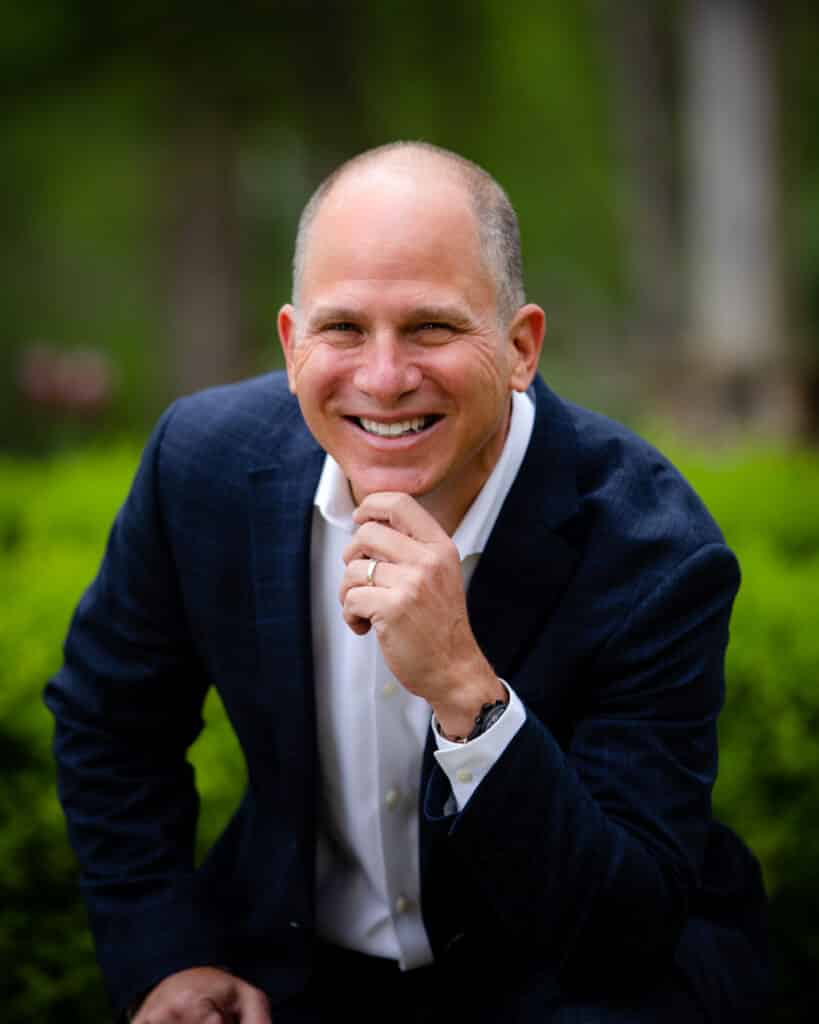
Today, it’s not solely a residential community because it now serves people who don’t live on the campus in Suwanee. A newer, smaller program now offers options for a wide range of needs.
Annandale Village began in 1969 as the dream of Dr. and Mrs. Maxwell Berry, parents of a young woman with developmental disabilities.
“They did not like the very limited options that they saw in the country and the local community and beyond for their daughter,” he said. “She was entering adulthood, so after seeing a similar model, but not the exact model, on a vacation to Europe, they decided to try and do something on their own here.”
Annandale’s mission
The 55-acre campus in Suwanee serves individuals in the facility and outside of it.
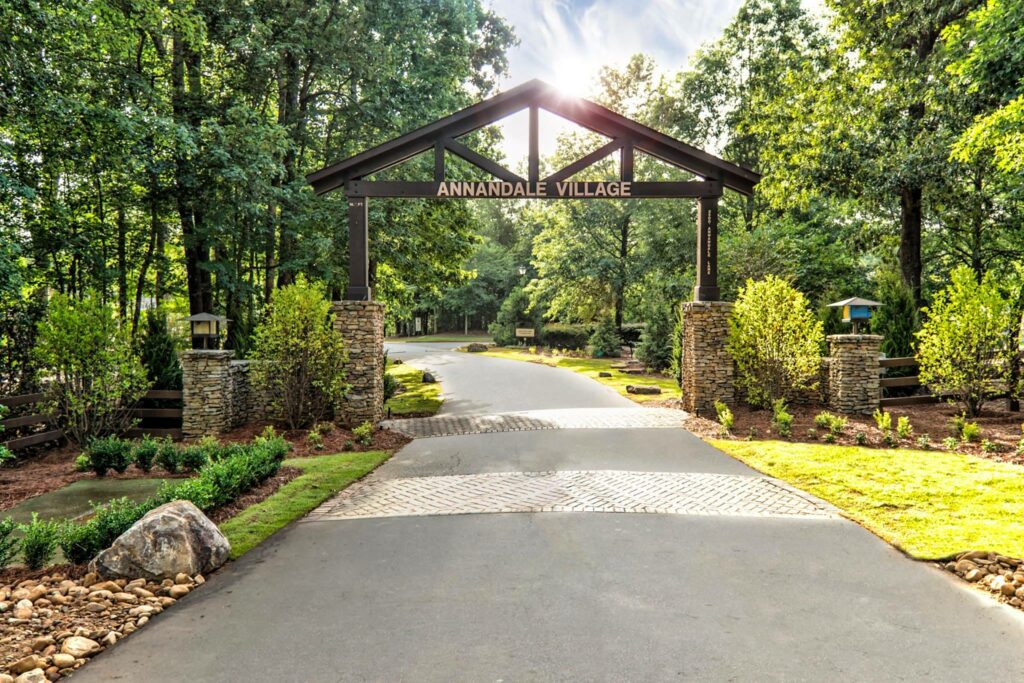
“One of the things that truly differentiated Annandale was that, a little over 20 years ago, it decided to embrace a new phenomenon in the world of working with people with intellectual disabilities: the aging person with developmental disabilities,” said Pomeranz.
For many years, people with developmental disabilities had shorter life spans than folks without those challenges for many reasons. Now, advances in medicine and other factors help people with developmental disabilities live much longer lives, some very close to the lifespan of people without disabilities, said Pomeranz.
“Shortly before I came, Annandale decided to embrace that aspect of the population. And we opened up a 16-bed skilled nursing facility solely for that population to complement the cottages and apartments that we had spread out through the campus at the time, said Pomeranz. “And so, the nursing home filled up very quickly and it became apparent that this was a huge need.”
Expanding services
Over the next several years, Annandale opened an assisted living building and also expanded the nursing home. Although the facility is aimed at ages 18 and up, some are younger and some are considerably older.
“The idea is that Annandale provides progressive life assistance. As the individual’s needs change, the services we offer can change with them. So someone could come to Annandale at 22 or 23 years old and conceivably live here the rest of their lives, and we can meet their needs as they change throughout that adult lifespan.”
A few years ago, Annandale added and new service to its continuum of care.

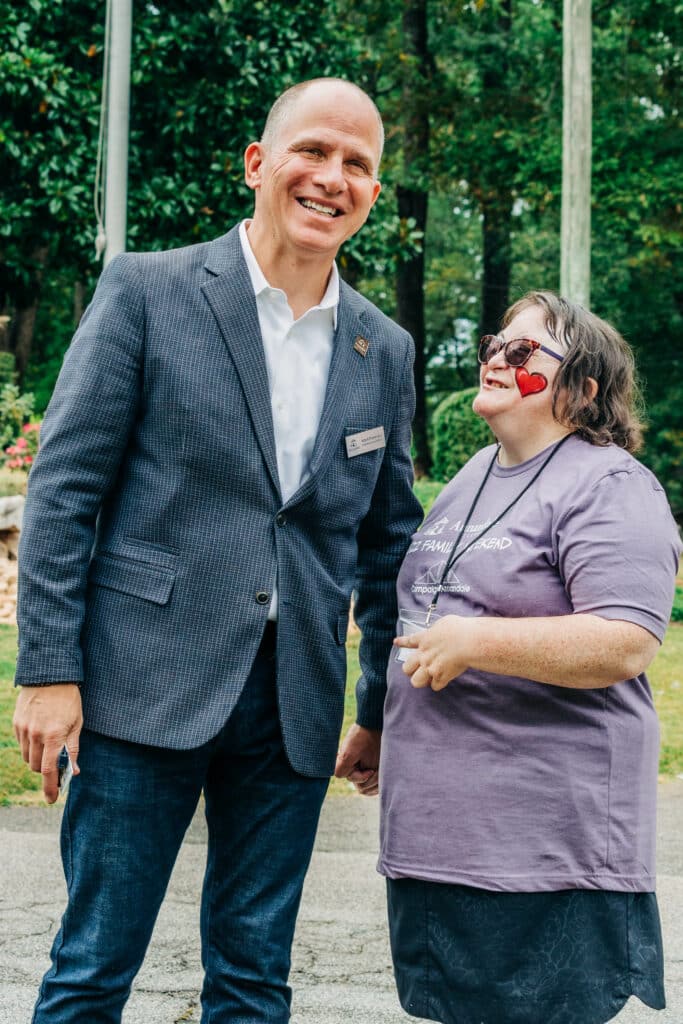
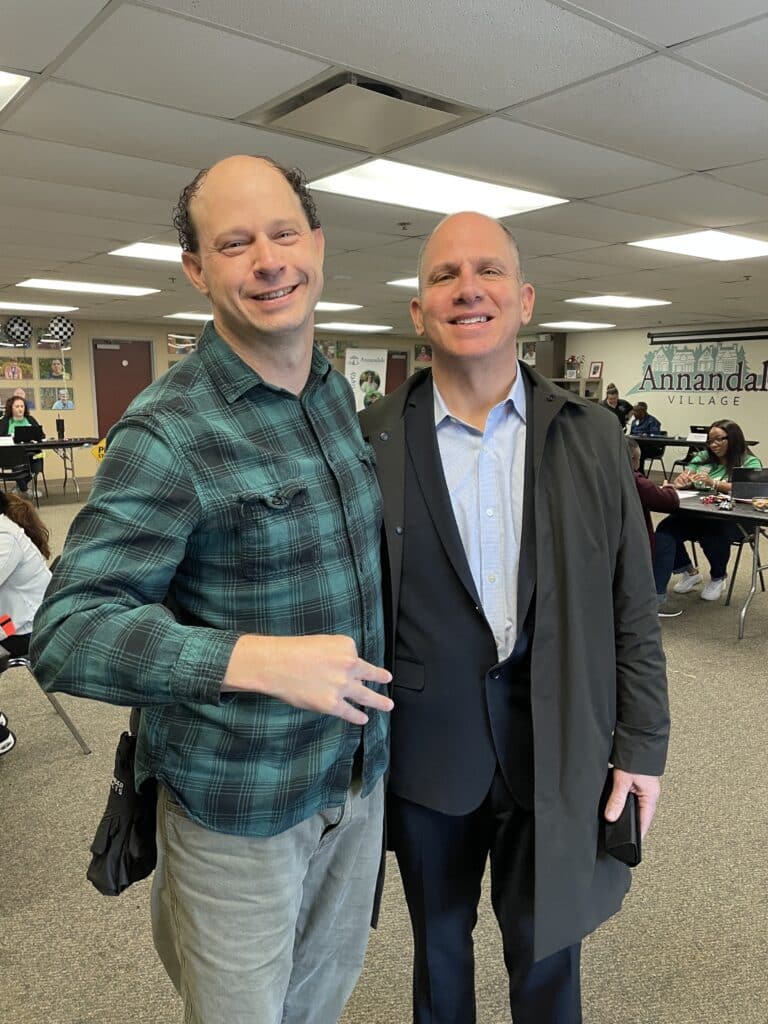
“On occasion, some folks gain skills when they’re here and then leave to be more independent elsewhere, either in our independent living program or some other option,” said Pomeranz.
The All In program has about 16 people who need about 10 to 12 hours of support a week. They live in apartments in Suwanee or other parts of metro Atlanta. They’re required to work or volunteer to be eligible for the program.
Keeping Annandale affordable
Annandale’s founders wanted an affordable private pay model. Their philosophy was to charge families about 75% of what it costs to care for their loved ones, and the philanthropic community would take care of the other 25%.
With rising health care costs, that 25% is getting harder to come by, but Pomeranz and his staff are making it work.
“Now, almost 55 years later, when you look at our bottom line at the end of the year, you will see that about 75% of our revenue is fee-for-service revenue, and about 25% is philanthropy,” he said.
“At the same time, we are still mostly a private-pay organization, and it’s become very expensive to provide the care. But we have wait lists, so clearly there’s a market for what we do,” he explained.
Annandale does take Medicare and Medicaid in the nursing home. It also has a relatively small day program for which it takes Medicaid waiver funds. But everything is supplemented with fundraising.
Annandale’s fourth annual golf tournament
Before COVID, Annandale threw charity events with dinner and dancing like many other nonprofits. For about 26 years, the annual fundraiser was called The Jazzy Thing, which then became shortened to Jazzy. It took place on the last weekend of April. In March 2020, the pandemic struck, and everything was canceled.
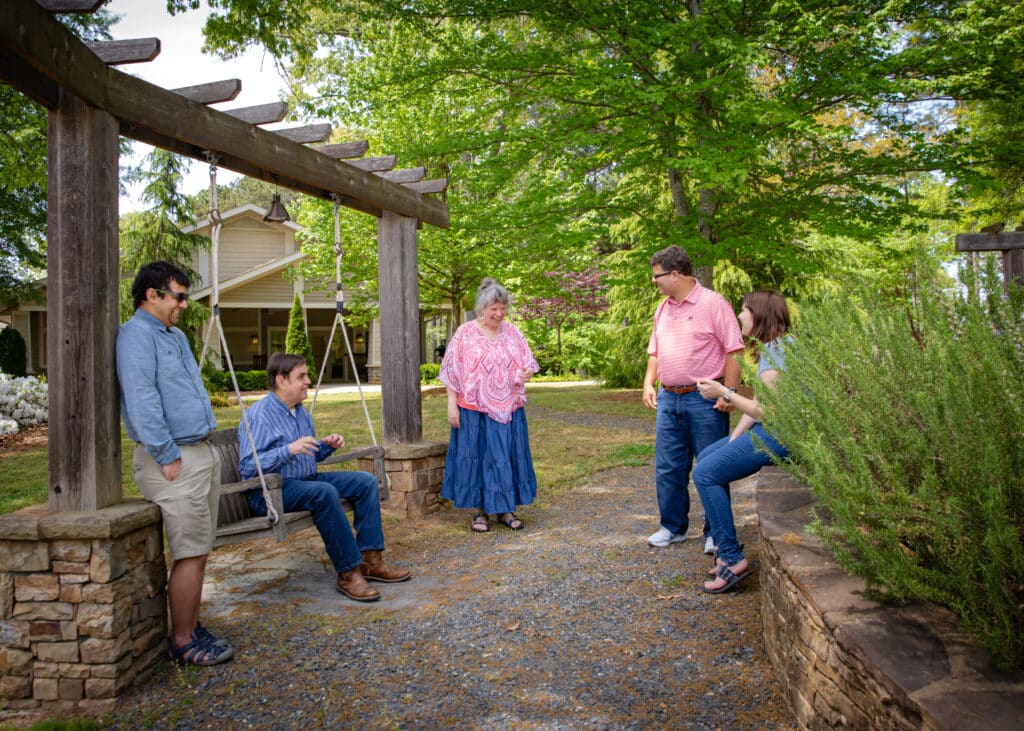
The staff had to pivot and find something to take the place of Jazzy.
“Our chief development and marketing officer had done golf tournaments [for a] previous employer and felt like we could do one and that it would be successful,” said Pomeranz.
To make it a little different, the tournament honored a long-time board member. The tournament was very successful, so the tradition continued. This year, however, Pomeranz is the one being honored.
“I was out on a brief medical leave when there was a board meeting; first board meeting I missed in 19 years,” he said. “They voted to make me the honoree of this year’s tournament to celebrate and honor my 20 years here at Annandale Village.”
Sponsorships are pouring in with congratulatory praise for Pomeranz.
“Some of these folks I’ve known for 20 years,” he said. “Their sister or brother has been in our care that long or maybe even a parent has had their child in our care.”
Annandale’s fourth Annual Golf Tournament is on May 6 at The Country Club of the South. Registration is open for foursomes. More information can be found at annandale.org/event/golf.
What folks have to say about Annandale Village:
- “Congratulations on 20 years!! I am so proud of all you have accomplished.” — Ina Enoch
- “Congratulations! Please give us 20 more!” — Jody Hoffman
- “Have a great game!!! Hope the weather is great!” — Denise Fitzpatrick
- “Thank you for all you do, Adam.” — Maureen Doran
- “In memory of Eric Pomeranz”— Felice Catalano
- “Wow! 20 years! Amazing achievement!”— Honey Strauss
- “Congrats on 20 years of devoted service!!”— Seena Axel
Related
Read the Digital Edition
Subscribe
Keep Up With Peachtree Corners News
Join our mailing list to receive the latest news and updates from our team.
You have Successfully Subscribed!

April/May Events Going on at Gwinnett County Parks

8 Theatrical Performances Coming to the Peachtree Corners Area

Enter Our Readers’ Choice Awards 2024

North American Properties Secures 3 New Brands for The Forum

Georgia United Methodist Foundation Announces Changes to Finance Team

North American Properties Revitalizes Avenue East Cobb

Exploring Israeli Innovation in the Smart City Sector with Einav Gabbay [Podcast]

Georgia United Methodist Foundation Announces Changes to Finance Team

North American Properties Revitalizes Avenue East Cobb

Exploring Israeli Innovation in the Smart City Sector with Einav Gabbay [Podcast]

North American Properties Secures 3 New Brands for The Forum

April/May Events Going on at Gwinnett County Parks

8 Theatrical Performances Coming to the Peachtree Corners Area

Enter Our Readers’ Choice Awards 2024

The End of an Era: Dr. Mary Kay Murphy’s Final Term on The Gwinnett County Board of Education

Light up the Corners [Video]

Capitalist Sage: Business Leadership in Your Community [Podcast]

Cliff Bramble: A Culinary Adventure through Italy

Top 10 Brunch Places in Gwinnett County

A Hunger for Hospitality

THE CORNERS EPISODE 3 – BLAXICAN PART 1

Top 10 Indoor Things To Do This Winter

The ED Hour: What it takes to Remove Barriers from Education
Peachtree Corners Life
Topics and Categories
Trending
-
Parks & Recreation1 week ago
April/May Events Going on at Gwinnett County Parks
-
Arts & Literature1 week ago
8 Theatrical Performances Coming to the Peachtree Corners Area
-
Readers' Choice Awards1 week ago
Enter Our Readers’ Choice Awards 2024
-
Business1 week ago
North American Properties Secures 3 New Brands for The Forum












